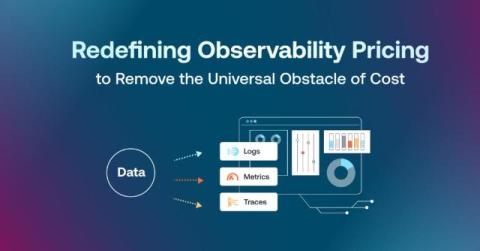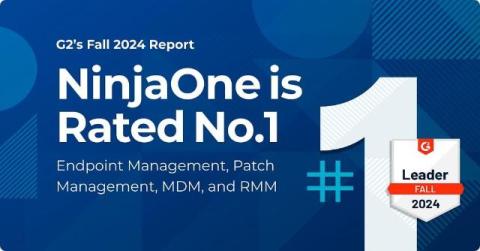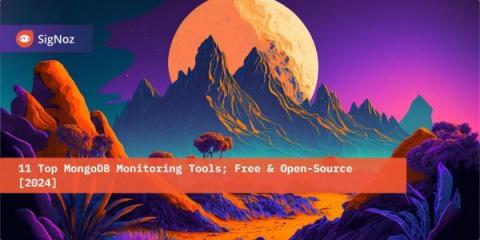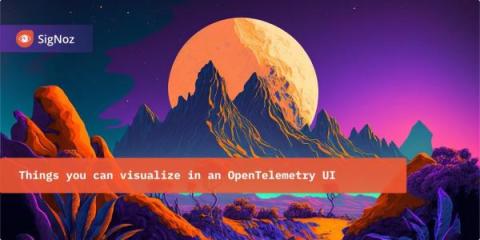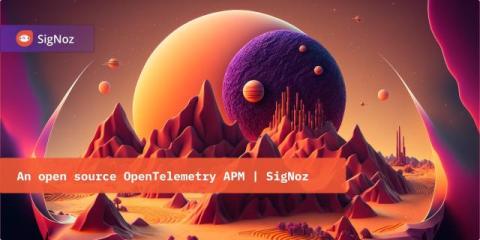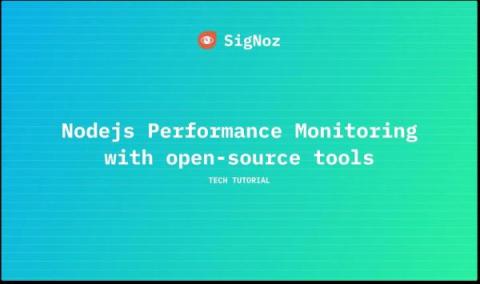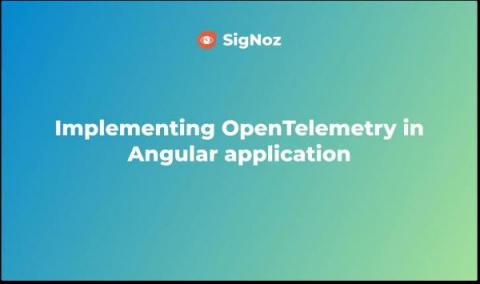Cloud Cost Optimization Metrics Every CFO Should Track
Cloud services have become an indispensable resource for businesses seeking agility, scalability, and innovation. However, with this increased reliance on the cloud comes the challenge of managing and optimizing costs effectively. For Chief Financial Officers (CFOs), understanding and tracking cloud cost metrics is crucial to maintaining financial health and ensuring strategic investments yield the desired returns.



